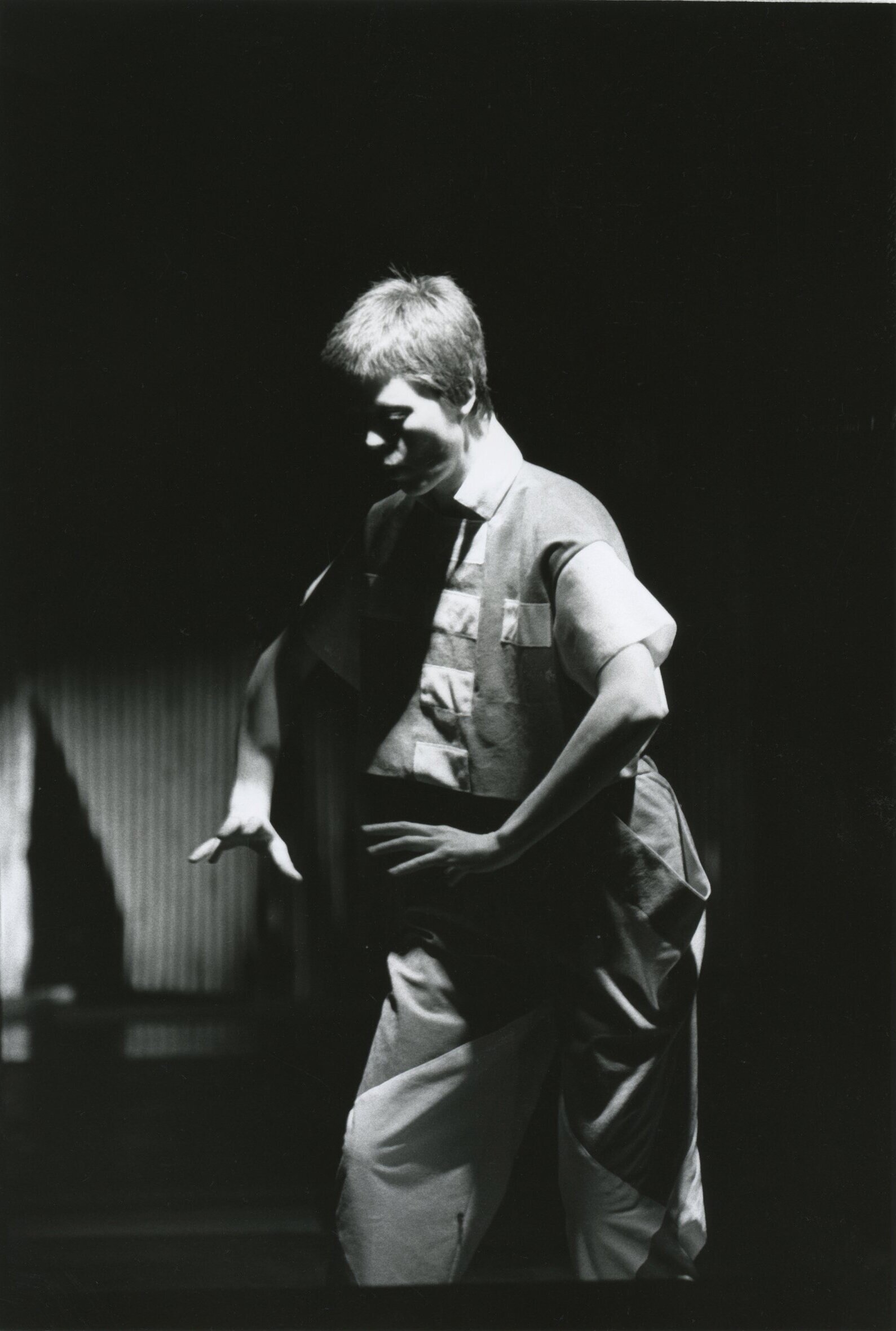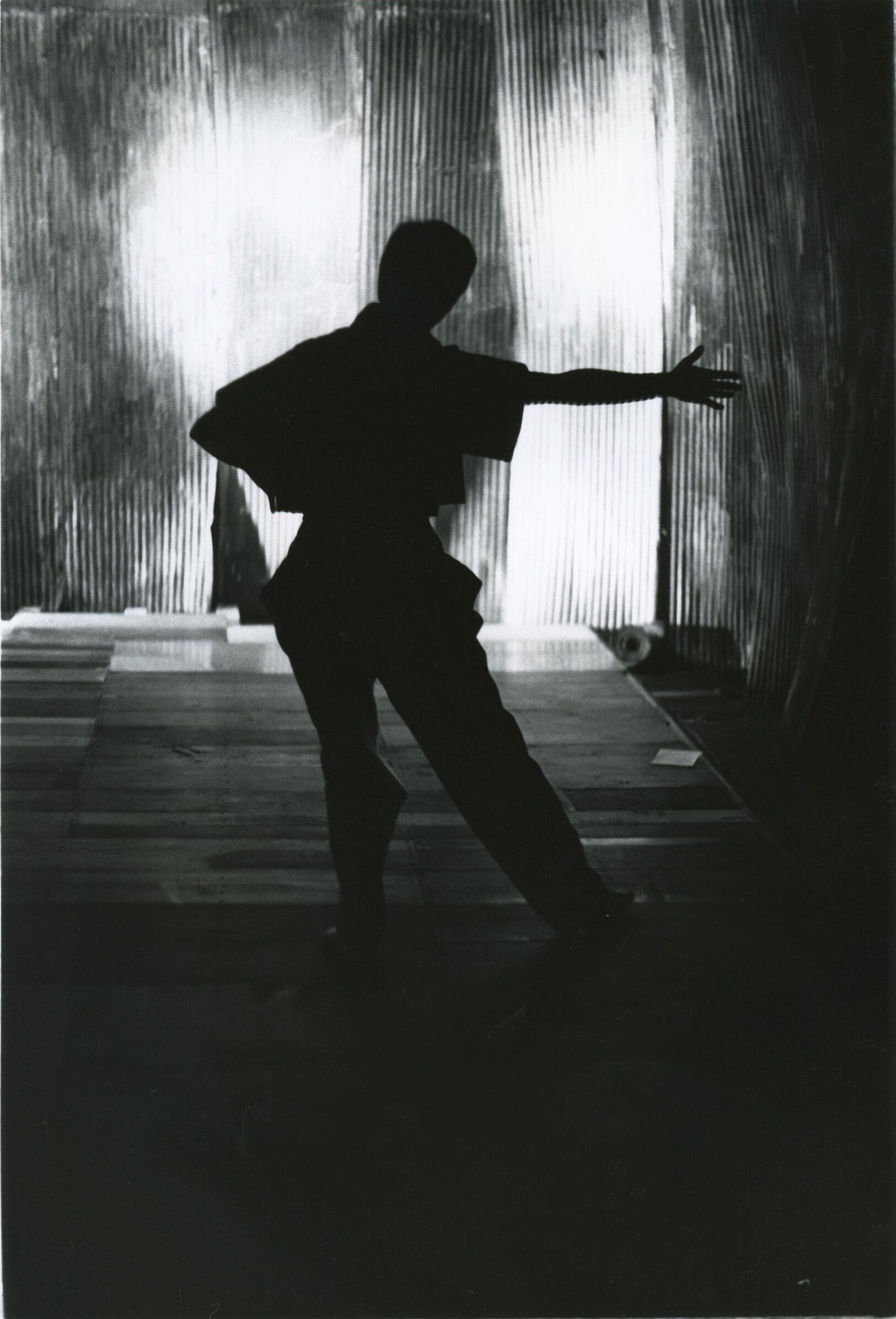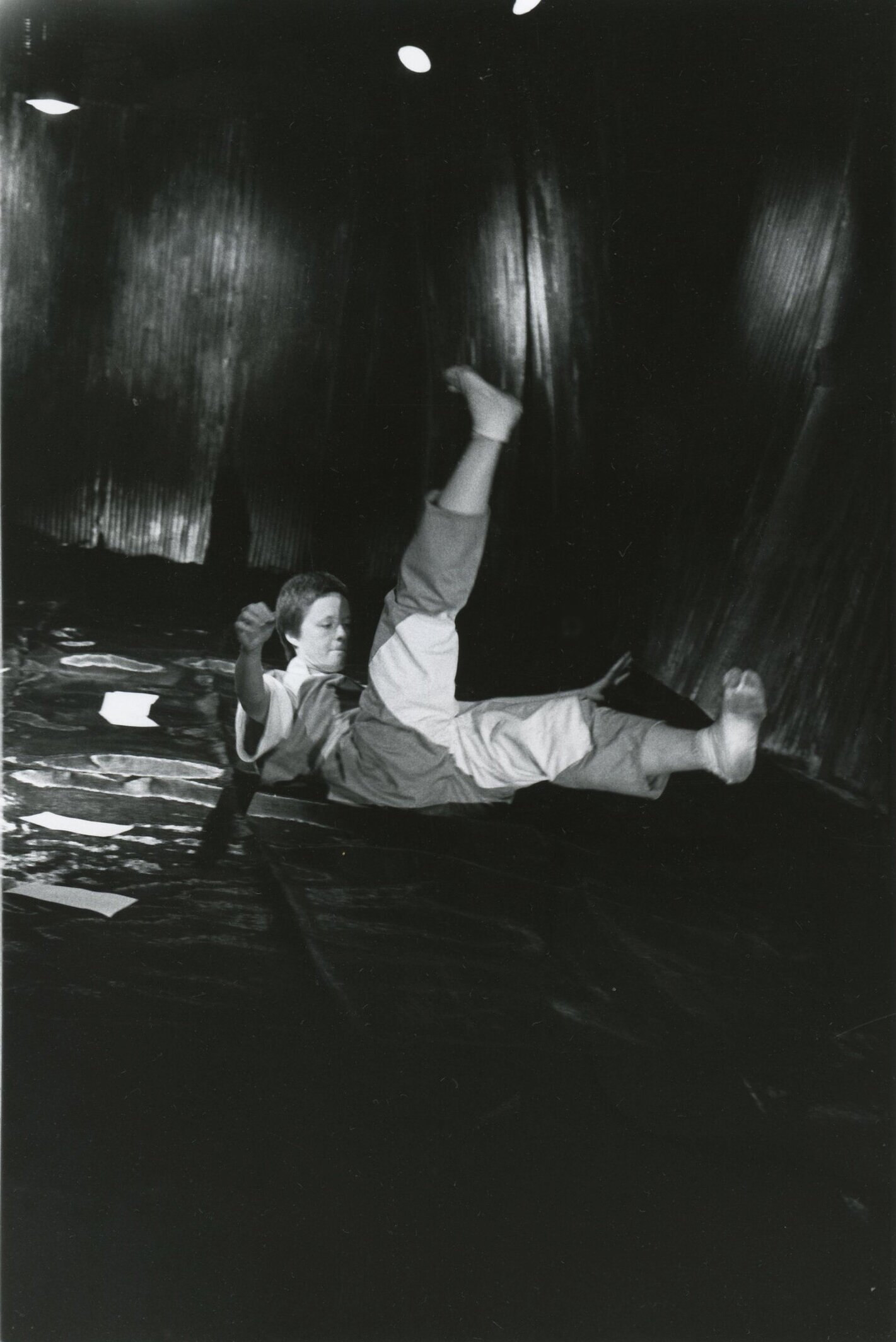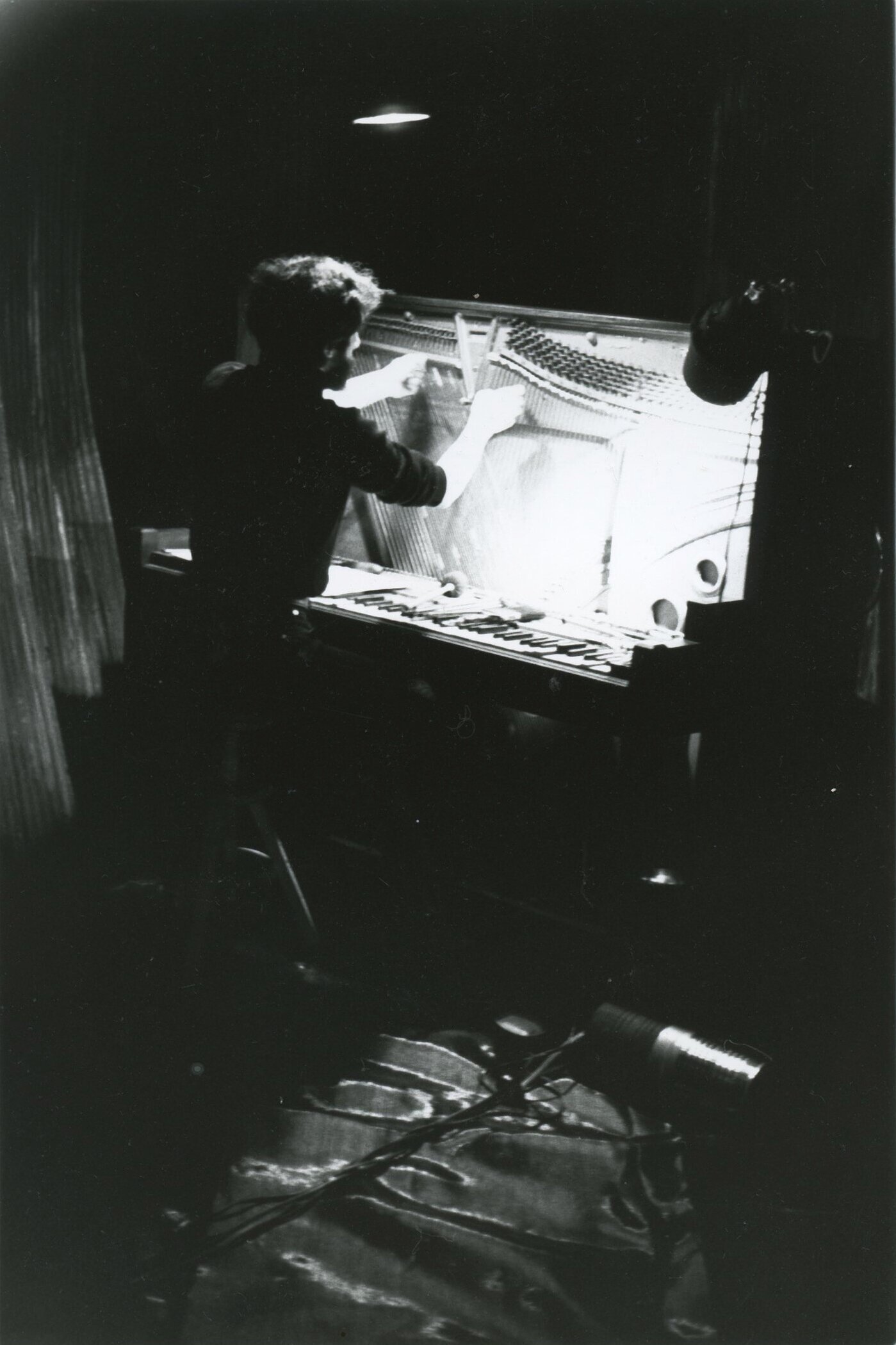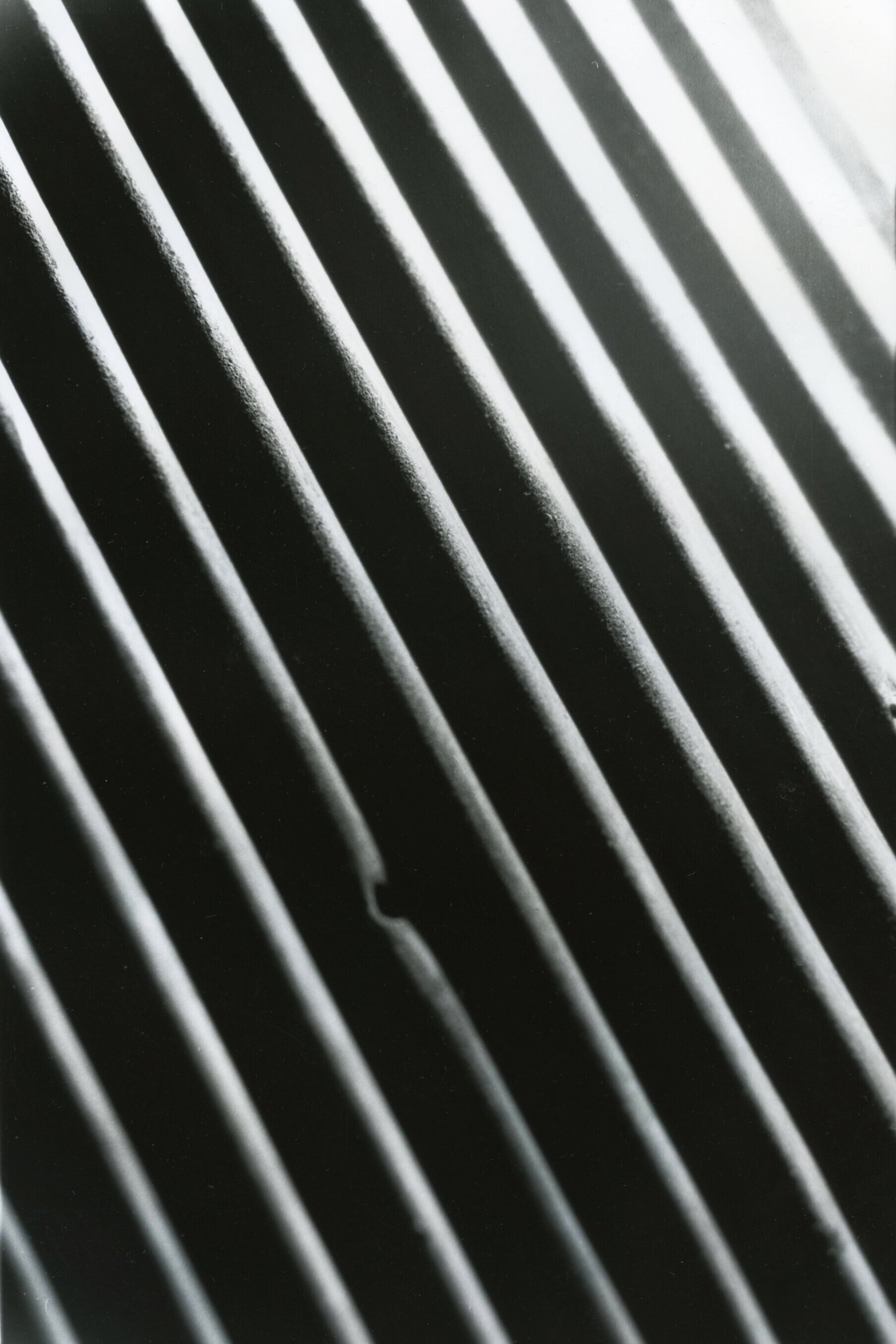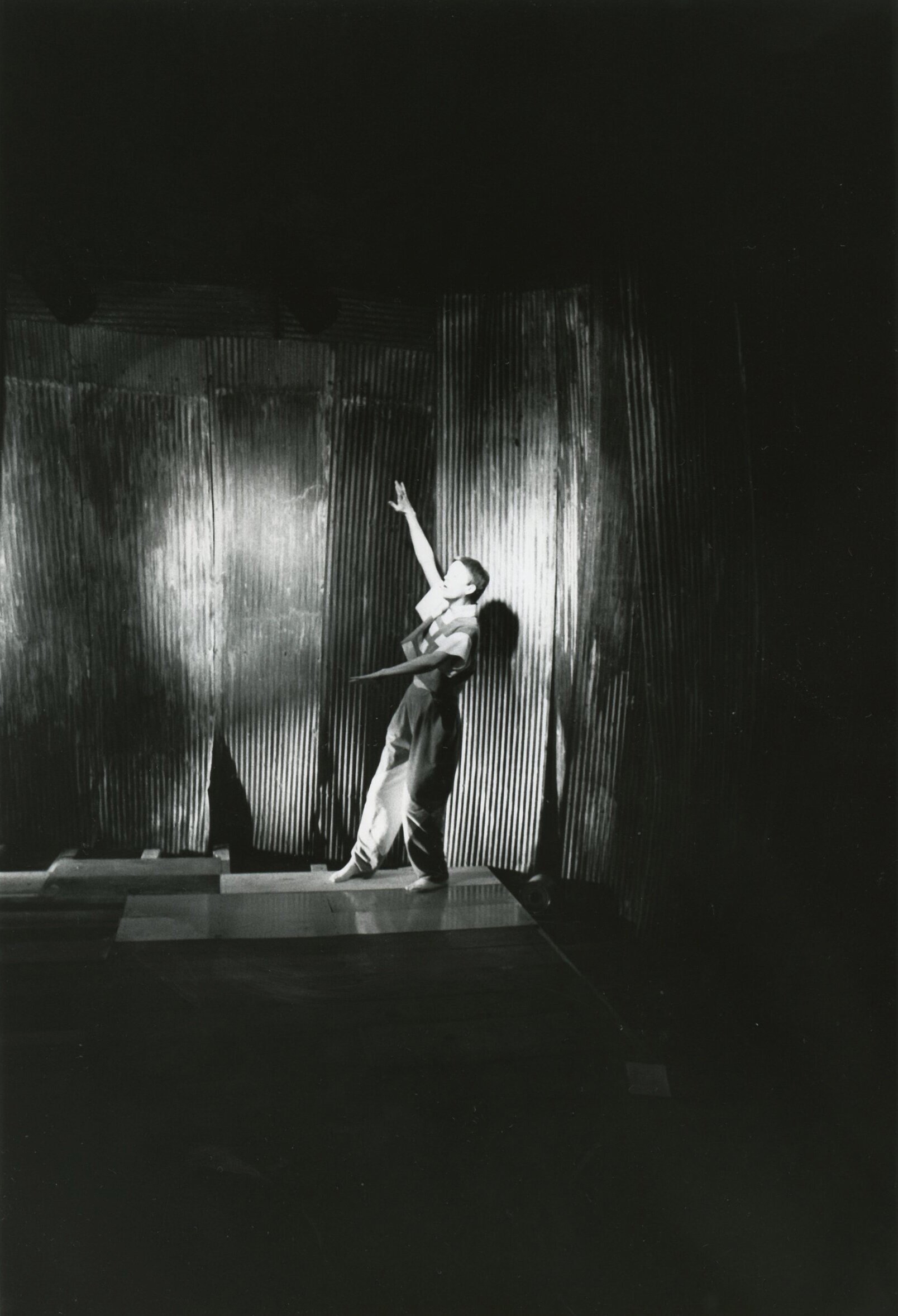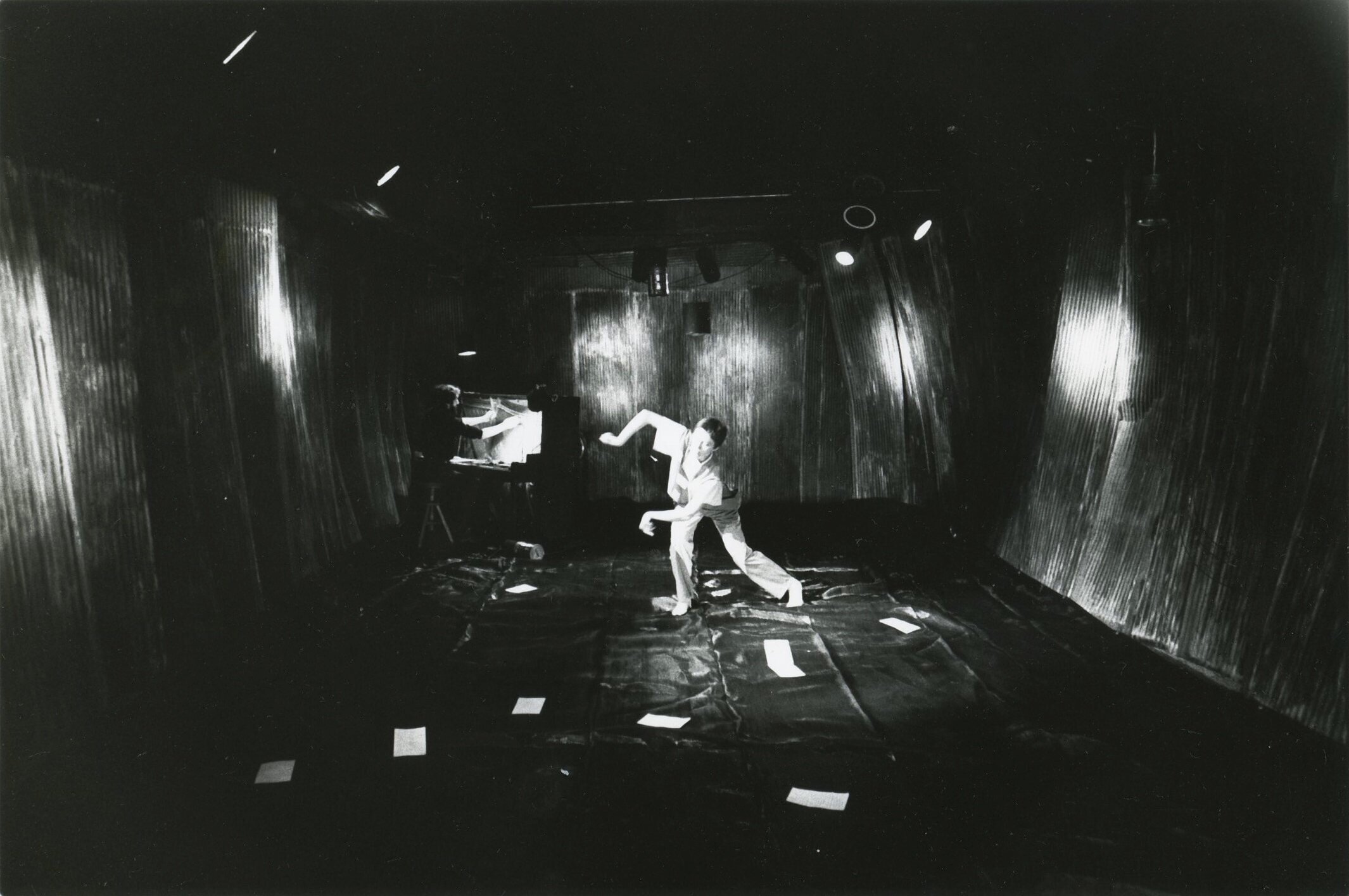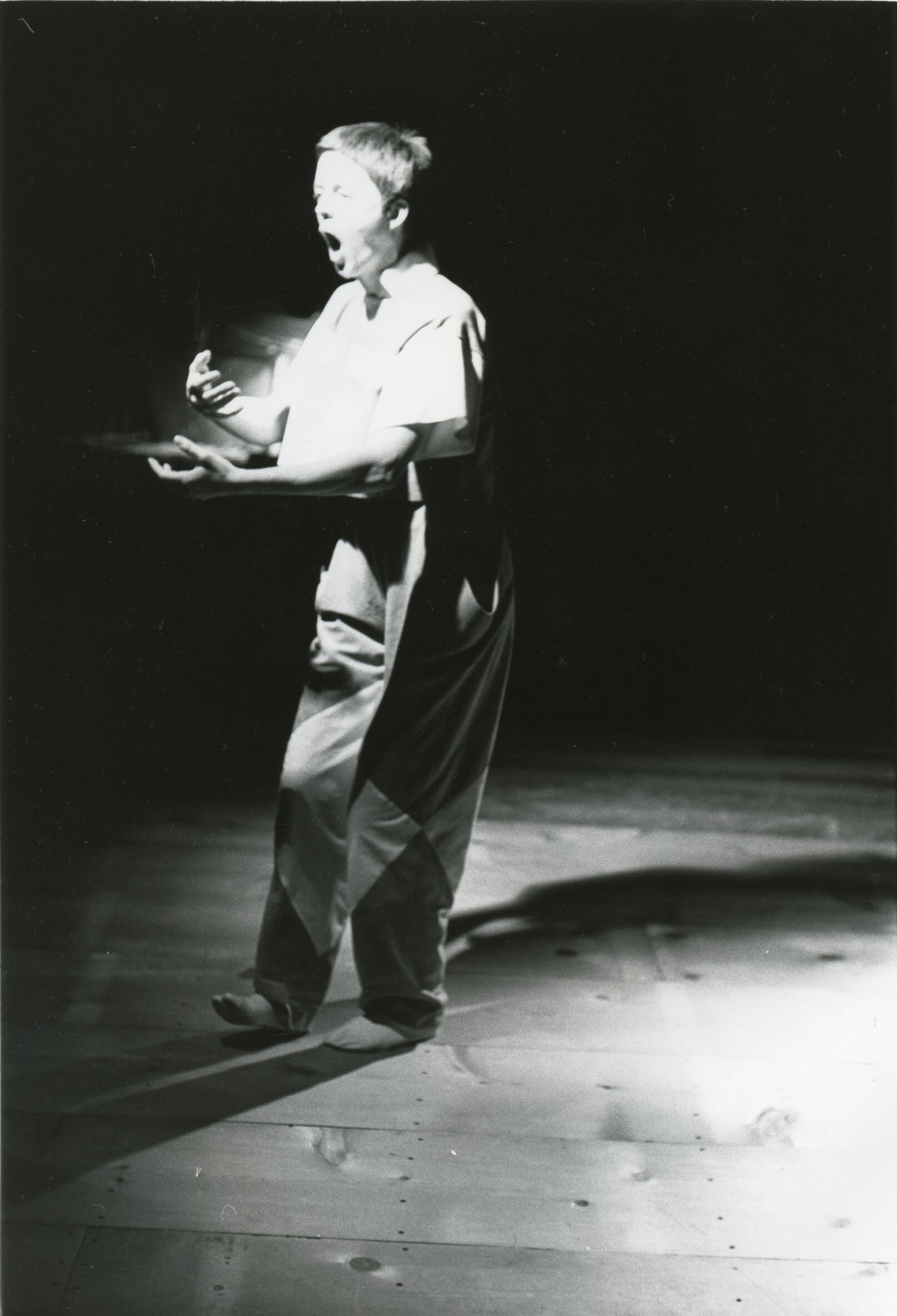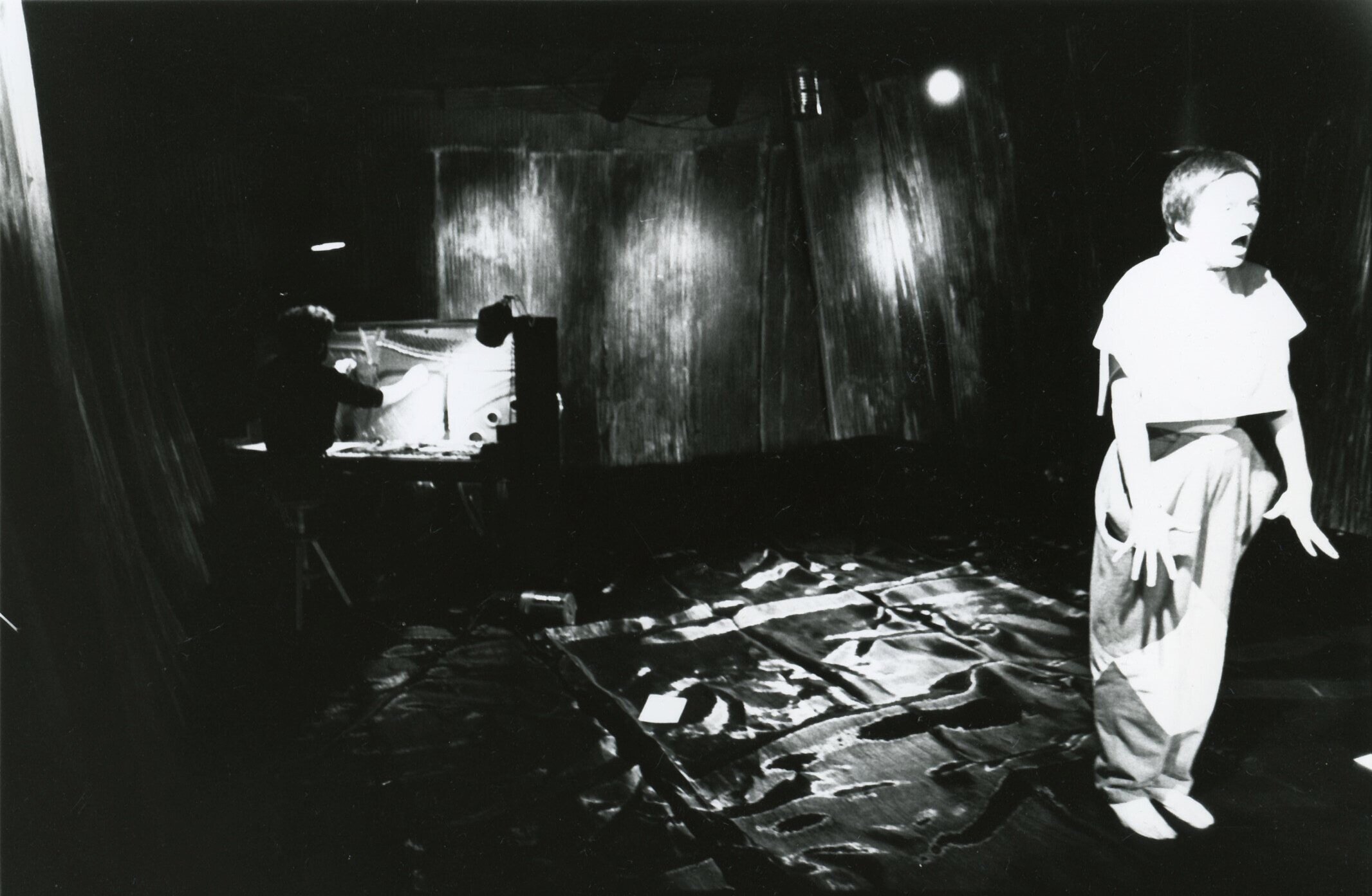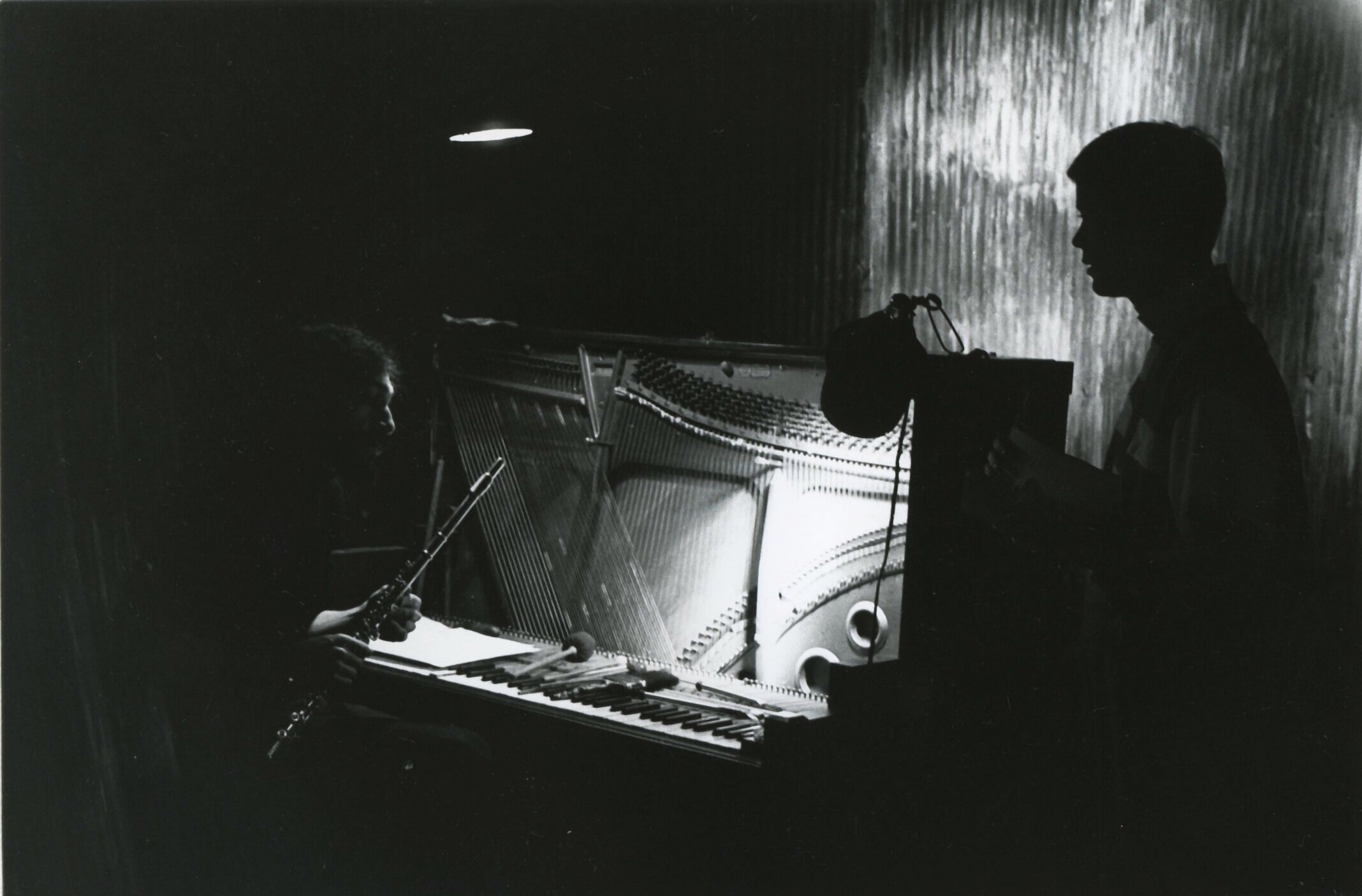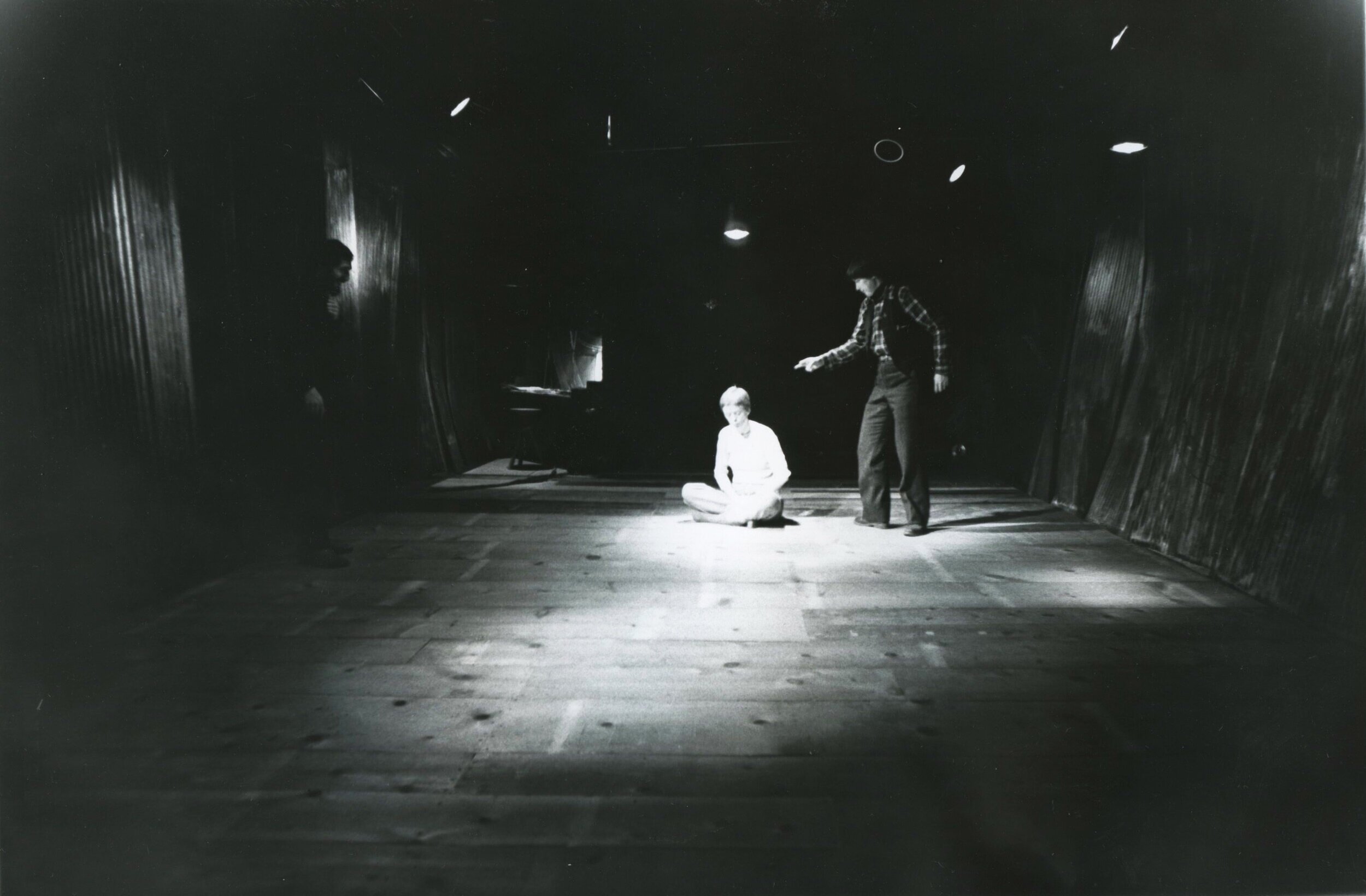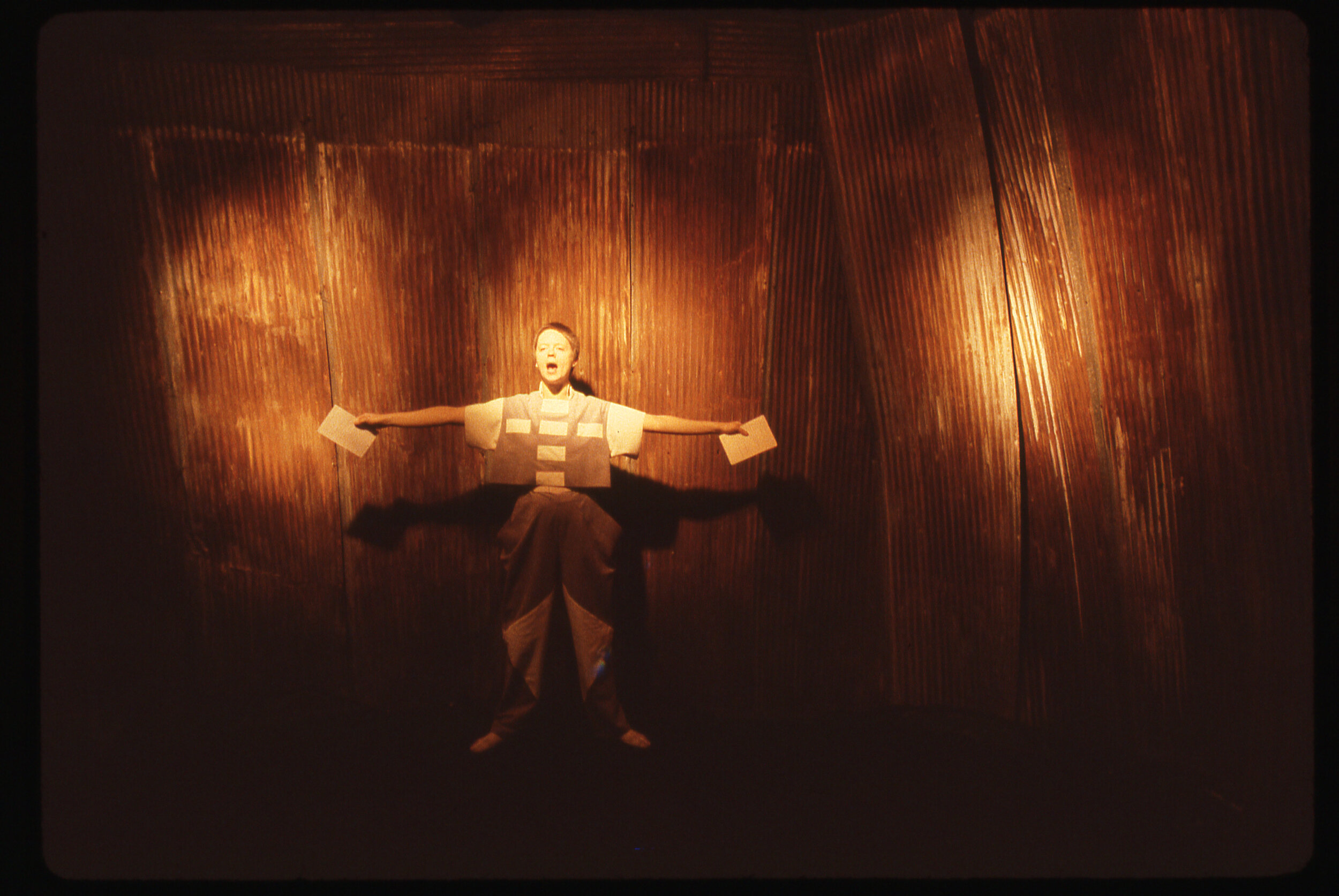
Lenz
Lenz is based on the life of J. M. R. Lenz as recorded by his friend Pastor Oberlin. Georg Büchner, relying on Oberlin’s diaries and his intense interest in Lenz’s own writing, developed a novella that shows the deterioration of Lenz’s mental state.
In this adaptation, the words of Büchner’s novella are stretched to the extreme limits of sound, rhythm, and tempo.
1981
TSL Storefront, NYC
1993
WDR Cologne Radio, Germany
Adapted and Directed by Linda MussmannTranslated by Hedwig Rappolt Performed by Claudia Bruce and Semih Fırıncıoğlu“He felt no tiredness, and now and then he found it unpleasant that he could not walk on his head.”
Linda Mussmann, WGXC Radio 2013
“In 1980, I had seen a performance of Schoenberg’s Pierrot Lunaire (1912) at the Guggenheim Museum. This event influenced my thinking about designing for text and I set out to construct my performance pieces using the sprechstimme style. Büchner’s novella Lenz was perfect for this.
Lenz was created for Claudia Bruce and her amazing vocal ability. Our storefront performance space was lined with corrugated roofing tin from my mother and father’s barn in Indiana. It had blown off during the second tornado. We hauled it back to New York City in and on-top of our Volkswagen bus. Lining the space with the rusted tin made the space sound cavernous and acted as an amplifier for the performance.”
Claudia Bruce, WGXC Radio 2013
“Linda was in the process of looking for ways to present work that would, in a way, destroy the linear aspect of the work so that you could think about the pieces in another way. [This] was in her period where she was designing the texts in tones and ways of moving the voice; up-and-down, in steps, straight across, loud/soft, using all the ways that she could think of to present a text in another way. So Lenz was perhaps one of the best ways for her to do this at this point because of the density of the text, and that fact that Semih and I were working on many, many things at the time, and my vocal style and his musical abilities meshed in [what] became a signature piece of Time and Space Limited.”
Vocal Notation by Semih Firincioğlu, a method used by Linda and Claudia to sonically score voice and text.
Linda Mussmann, WGXC Radio 2013
“In 1981 […] I was deeply engaged with the search for ways that use sounds and particularly the voice as a way of expressing human emotion outside of the meaning of the text. The sound of Claudia’s voice, the way it travels, marks the journey of Lenz. The music supports the voice and the text. Not totally melodic, its job is to travel with the voice on this journey of sound. As Lenz travels so does the sound and the voice and the accompaniment.
[...]
Later, this production was produced by German radio, WDR in Cologne, and was recorded in a sound room especially for radio. Klaus Schöning’s program offered people like Claudia and me a chance to construct work for the radio and for another audience. The radio text was spoken in German and English featuring the vocal design and the music from the original production. WDR also commissioned TSL’s adaptation of another Büchner work, Danton’s Death (1981). These were great opportunities for our work to be heard beyond the New York City audience in the last century.”
Page 25 of the WDR Radio script.
